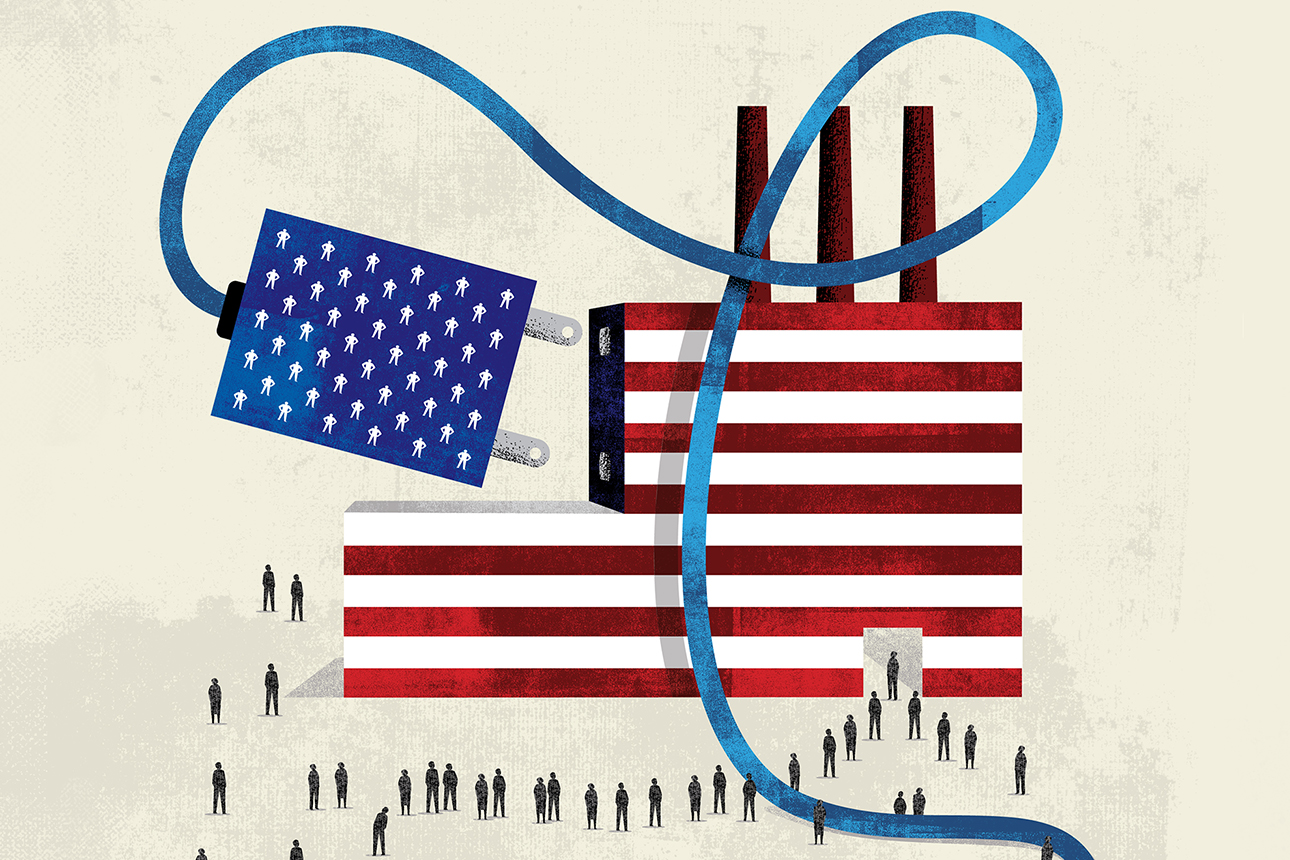Learned a lot lending an editorial hand here:
Boston Consulting Group, November 28, 2023
by Michel Frédeau, Torsten Kurth, Arun Malik, and Marine Swaab
On December 19, 2022, some 195 countries adopted the Kunming-Montréal Global Biodiversity Framework (GBF) aimed at halting and reversing the global decline of nature and biodiversity. The GBF established 23 targets, including those focused on the protection of freshwater and other ecosystems and the disclosure of biodiversity impacts by companies.
Nature is also at the heart of the COP28 agenda, with thematic programming that includes creating nature-positive cities, protecting and restoring marine and coastal ecosystems, and more.
The private sector will play a vital role in achieving the targets of the GBF. This means working to become nature positive—ensuring that the sum of an organization’s actions and impacts on nature will contribute to the reversal of the global decline in biodiversity by 2030, followed by full recovery by 2050. As our interviews with business and other leaders acting on the tenets of the nature positive movement indicate, the need to expand these efforts is pressing, and the financial first-mover advantage is likely considerable. We lay out an action plan for leaders to seize that advantage. Read the rest here.
Showing posts with label supply chain. Show all posts
Showing posts with label supply chain. Show all posts
Tuesday, November 28, 2023
Moving Beyond Net Zero to Nature Positive
Posted by
Theodore Kinni
at
1:03 PM
0
comments
![]()
Labels: climate change, corporate success, ecosystems, supply chain, sustainability
Monday, November 7, 2022
Get Ready for the Next Supply Disruption
Learned a lot lending an editorial hand here:
MIT Sloan Management Review, November 7, 2022
by M. Johnny Rungtusanatham and David A. Johnston

Michael Austin/theispot.com
The COVID-19 pandemic has ushered in an era of supply chain disruption and unpredictability that has severely challenged many companies’ planning and processes, and revealed how far prevailing practices are from the ideal. An MIT Center for Transportation and Logistics poll conducted online at the onset of the pandemic revealed that only 16% of organizations had an emergency response center — an established best practice for mitigating and recovering from unplanned interruptions in the physical flow of goods.
Unsurprisingly, given the pandemic’s disruptive effects, the same poll found that the highest ambition of supply chain managers was to bolster their risk management protocols and tools. The problem with crisis-driven supply chain initiatives that are focused on protocols and tools is that they are only as effective as the ability of the organization to use them. Having that ability requires the systematic development of capabilities to manage for supply disruptions. These capabilities are combinations of people, policies, processes, and technologies that ensure companies can not only plan for and respond to known business and operating risks but also — and more importantly — manage unknown-but-knowable threats and their associated consequences.
We’ve identified six capabilities that fill this bill: anticipate, diagnose, detect, activate resources for, protect against, and track threats. Together, they constitute the ADDAPT framework, which is based on our research into how public agencies and private enterprises experience and respond to supply disruptions like the COVID-19 pandemic. In medicine, pathology is aimed at understanding the causes and effects of a disease to guide treatment. Similarly, the ADDAPT capabilities help companies understand the causes of supply disruptions and their immediate and long-term effects, in order to both respond to unfolding supply disruptions and prevent their recurrence. Read the rest here.
Posted by
Theodore Kinni
at
4:41 PM
0
comments
![]()
Labels: corporate success, management, supply chain
Thursday, May 27, 2021
Rethinking Industry’s Role in a National Emergency
Learned a lot lending an editorial hand here:
MIT Sloan Management Review, May 27, 2021
by ManMohan S. Sodhi and Christopher S. Tang

Image courtesy of Michael Austin/theispot.com
Photographs of doctors and nurses wearing garbage bags to protect themselves from infection are among the most indelible images of the COVID-19 pandemic. They also testify to the limitations of the U.S. Strategic National Stockpile (SNS). By the end of March 2020, as the first surge of COVID-19 exceeded 20,000 new cases detected per day, it was woefully clear that the United States’ emergency stockpile of essential medical supplies could not meet the demand for personal protective equipment (PPE), ventilators, and other materials urgently needed to battle the pandemic and save lives.
Since then, there has been plenty of finger-pointing regarding the inability of the SNS to live up to its mandate. But none of that acknowledges the reality that, because of the scale and rarity of pandemic-level public health crises, no national reserve can reliably provide the materials needed from inventory alone.
In the decade before COVID-19, flu-related hospitalizations in the U.S. averaged 440,000 annually, but in 2020 alone, COVID-19-associated hospitalizations reached 4.1 million. This is a huge spike in need that is nearly 10 times the flu hospitalization annual mean. Moreover, public health emergencies of COVID-19’s magnitude are highly unusual in the U.S. or anywhere else, normally occurring decades apart, which makes the demand spike massive but rare.
After all, the demand challenge for the SNS is to be able to handle the following:
- More severe flus occurring every two to three years, with demand for medical products and equipment being, say, twice the average annual flu hospitalization mean.
- Epidemics and minor pandemics that may occur, say, once every five to 10 years, with demand being as much as three to four times the mean, although the spike may be regional rather than nationwide.
- Severe pandemics occurring once every 20 to 40 years, with demand as high as 10 times the annual mean occurring nationwide.
Posted by
Theodore Kinni
at
8:50 AM
0
comments
![]()
Labels: government, healthcare, management, manufacturing, supply chain
Subscribe to:
Posts (Atom)















